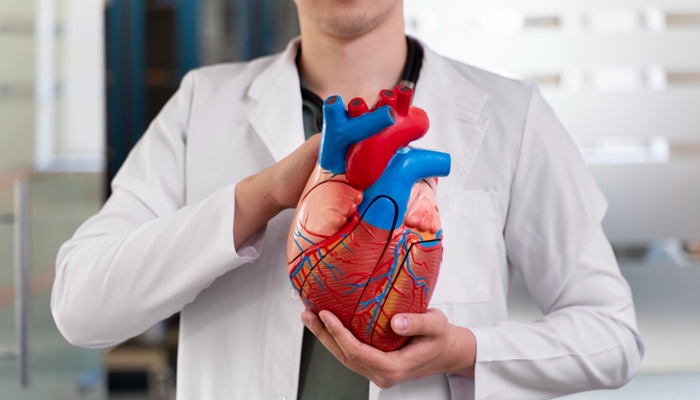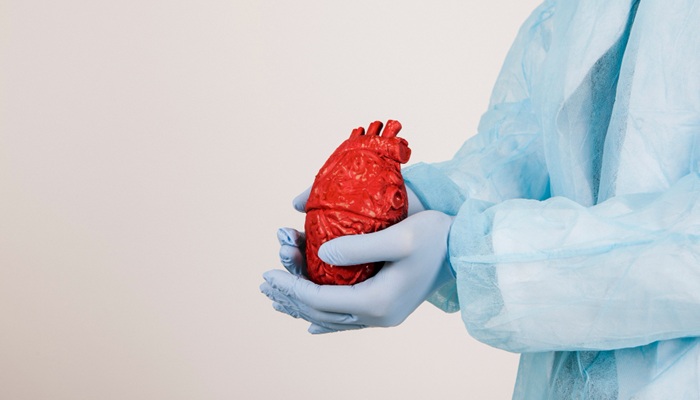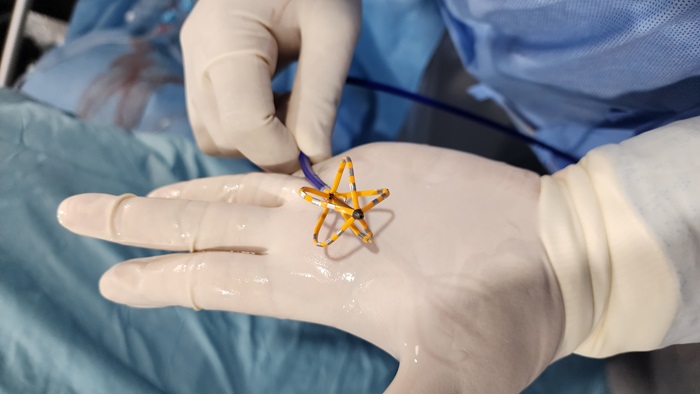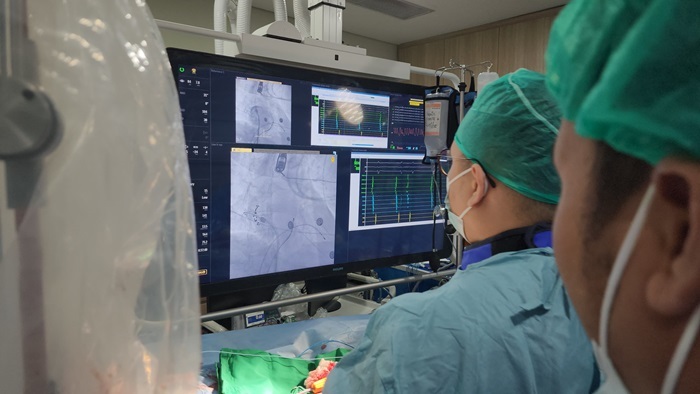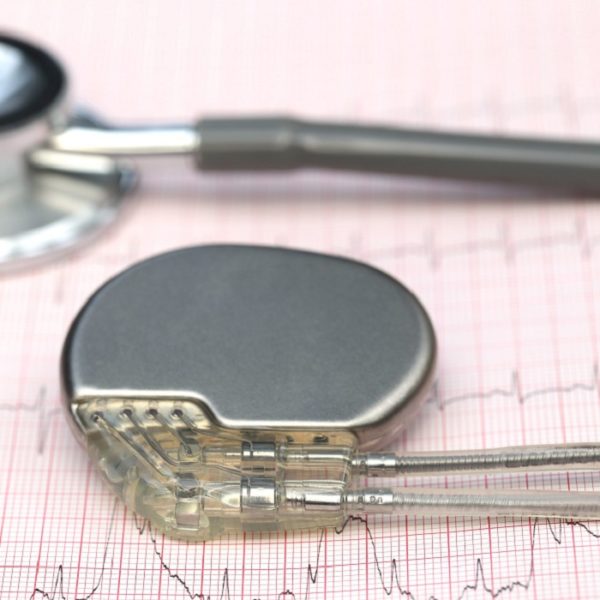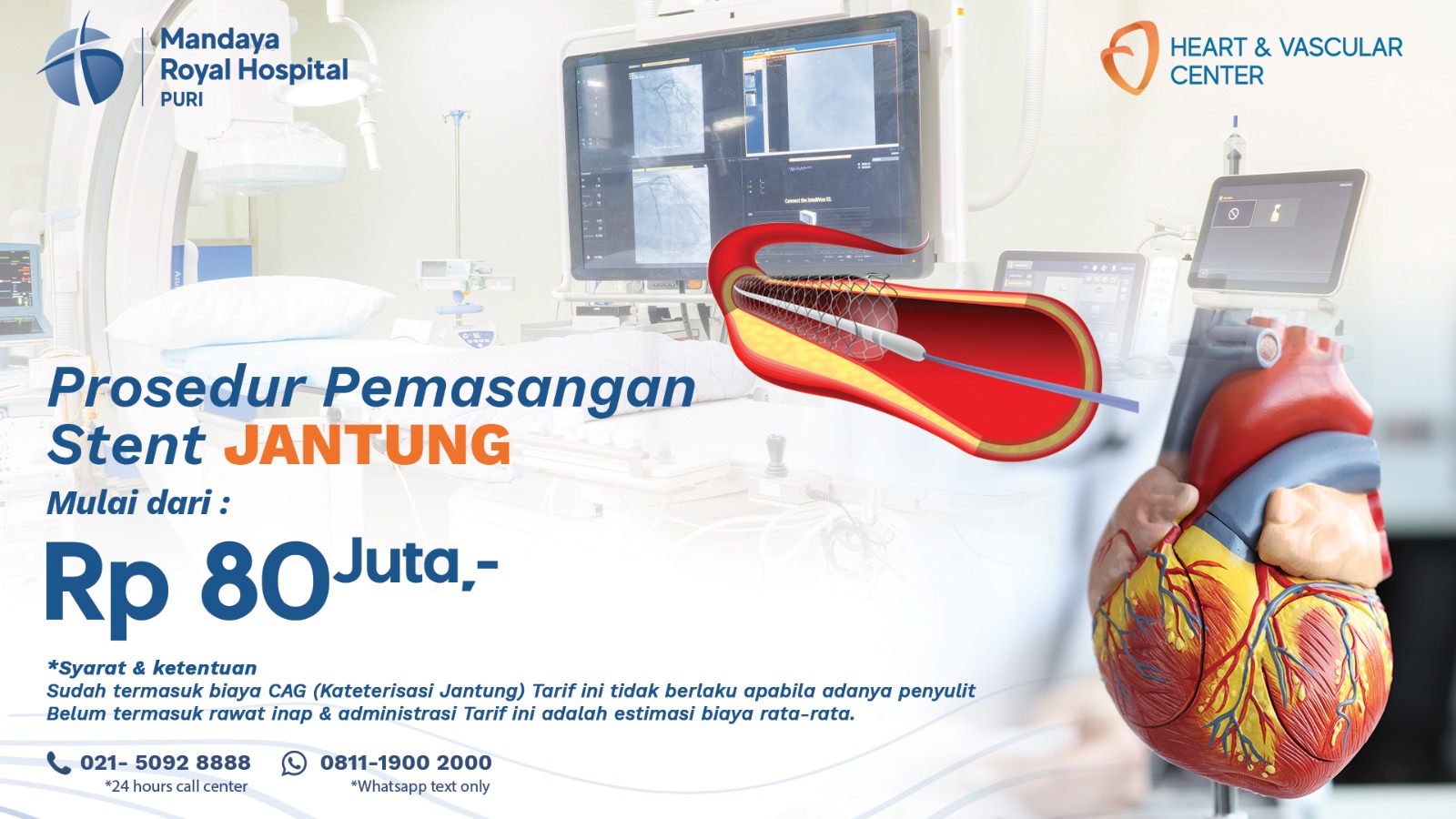What is angina pectoris?
Angina pectoris, or angina, is chest pain or discomfort that occurs when a part of the heart doesn’t get enough blood and oxygen. Angina can be a symptom of coronary heart disease. However, this condition can also be caused by other factors.
Angina pectoris is divided into several types, including:
-
Stable angina
Stable angina is the most common form of angina. This type usually occurs during physical activity and subsides with rest or angina medication.
Stable angina is predictable and typically resembles previous episodes of chest pain. The chest pain usually lasts a short time, around 5 minutes or less.
-
Unstable angina
Unstable angina is a medical emergency. This type of angina is unpredictable and can occur even while resting. The pain can worsen and may happen even without significant physical exertion.
The pain associated with this type of angina is typically severe and lasts around 20 minutes or more. In addition, the pain does not subside with rest or medication.
If blood flow does not improve, the heart does not receive enough oxygen, which can trigger a heart attack.
-
Variant angina
Variant angina, also known as Prinzmetal’s angina, is a type of angina not caused by coronary artery disease. This type is caused by spasms in the coronary arteries, which temporarily reduce blood flow.
Severe chest pain is a symptom of variant angina. This condition most often occurs in cycles, usually at rest and during nighttime. The pain can be relieved with angina medications.
-
Refractory angina
A type of angina that occurs frequently despite the patient taking a combination of medications and making lifestyle changes.
Symptoms of angina pectoris
Symptoms of angina include chest pain and discomfort that may feel like:
- Burning sensation
- Fullness
- Pressure
- Squeezing
Angina pain can also be felt in the arms, neck, jaw, shoulders, or back.
Other symptoms of angina include:
- Dizziness
- Fatigue
- Nausea
- Shortness of breath
- Sweating
The severity, duration, and type of angina may vary. New or different symptoms may indicate unstable angina or a heart attack.
New or worsening symptoms should be evaluated by a doctor immediately.
Causes of angina pectoris
Angina occurs when the heart muscle (myocardium) doesn’t receive enough blood and oxygen. Inadequate blood supply is called ischemia.
Angina may be a symptom of coronary artery disease, which occurs when the arteries supplying blood to the heart become narrowed or blocked. This condition may result from:
- Hardening of the arteries (atherosclerosis)
- Blood clots
- Ruptured plaques in the arteries
- Poor blood flow through narrowed heart valves
- Decreased heart muscle pumping
- Coronary artery spasms
Diagnosis of angina pectoris
Doctors will ask about the patient’s medical history and perform a physical exam. They often can diagnose angina based on the symptoms and how or when they occur.
Here are several tests used to diagnose angina:
-
Electrocardiogram (ECG)
This test records the heart’s electrical activity, shows abnormal rhythms (arrhythmias), and detects damage to the heart muscle.
-
Stress test
This test is performed while the patient exercises on a treadmill or stationary bike. It evaluates how the heart functions under stress, such as during physical exertion. Breathing rate and blood pressure are also monitored. A stress test can help detect coronary artery disease.
It may also be used to determine safe levels of physical activity after a heart attack or heart surgery.
-
Cardiac catheterization
A wire is inserted into the coronary arteries. Then, contrast dye is injected into the arteries. X-ray images are taken to identify narrowing, blockages, or other problems in specific arteries.
-
Cardiac MRI
Doctors may perform a cardiac MRI to assess blood flow to the heart muscle.
-
Coronary CT scan
This test evaluates the amount of calcium and plaque in the heart’s blood vessels. It can also show blood flow through the coronary arteries.
Treatment for angina pectoris
The goal of angina treatment is to reduce the number of angina episodes, lessen the severity of symptoms, and lower the risk of heart attack and death. Doctors will provide immediate treatment if the patient experiences unstable angina or chest pain that is different from usual.
The following are some treatments for angina that may be recommended by a doctor:
- Lifestyle changes, such as eating a healthy diet and exercising regularly
- Taking specific medications
- Angioplasty and stent placement
- Open-heart surgery called coronary artery bypass grafting (CABG)
If you have questions about angina pectoris and are considering treatment, don’t hesitate to visit Mandaya Royal Puri Hospital.
Make an appointment easily via Chat on WhatsApp, the Book Appointment feature, or the Care Dokter app available on Google Play and the App Store to simplify your visit, check your queue number, and access complete information.



























